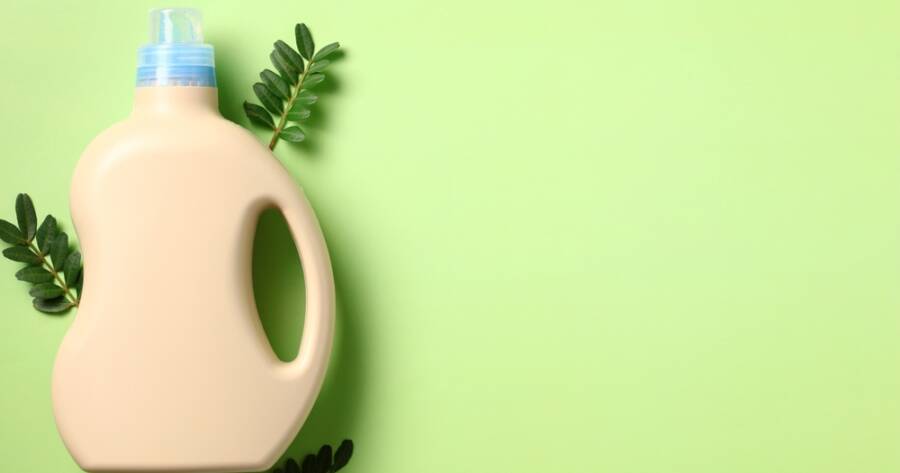Cleaning your home should make it healthier, not fill it with hidden chemicals. Many everyday cleaning products contain ingredients that can linger on surfaces, affect indoor air, or impact sensitive family members. Fortunately, a growing number of brands now focus on non-toxic formulas that clean just as well—but with gentler, more eco-conscious ingredients. Understand how to choose effective non-toxic cleaners and consider some of the best brands available in the U.S.
Why Non-Toxic Cleaning Products Matter
Traditional cleaners often use harsh chemicals, synthetic fragrances, and strong disinfectants that may irritate the lungs, skin, or eyes. Many experts note that indoor air—especially in tightly sealed homes—can become more polluted after cleaning sprays than before.
In contrast, non-toxic cleaning products are formulated with plant-based surfactants, fewer volatile organic compounds (VOCs), and biodegradable ingredients. That shift doesn’t just make your home safer—it can also reduce the build-up of chemical residues and improve how surfaces stay clean over time.
What To Look For in a Truly Safe Cleaning Brand
When you’re assessing cleaning products, the label matters. The best non-toxic brands avoid ingredients like ammonia, bleach (in excess), synthetic fragrances, phthalates, and quaternary ammonium compounds—all of which have been flagged for health or environmental concerns.
Instead, look for: plant-derived surfactants, minimal fragrance, transparent ingredient lists, third-party certifications such as EPA Safer Choice or EWG Verified, and packaging choices that reduce waste. Brands that fit those criteria tend to deliver more consistent results without unwanted trade-offs.
Standout Brands for Non-Toxic Cleaning
Several brands have distinguished themselves by delivering effective cleaning power while committing to safer, more sustainable formulations.
- One example is Branch Basics, which markets a concentrate-based system with minimal ingredients and strong claims around cleaning performance and ingredient transparency.
- Another is ECOS, whose products are noted for sustainable manufacturing, plant-based formulas, and availability across many U.S. retailers.
- Mrs. Meyer’s Clean Day is known for amenable scents, biodegradable formulas, and a wide range of all-purpose and room-specific cleaners.
- Also worth noting is Method, which is B-Corp certified, emphasizes recycled packaging and design, and has earned recognition for combining aesthetics with safer formulas.
Each of these brands takes a slightly different path—some focus on minimal ingredients, others on scent or design—but all share a goal of reducing chemical risk while maintaining cleaning performance.
The Science Behind Safer Cleaning Ingredients
Non-toxic cleaning products rely on advances in green chemistry—an approach that designs chemical processes to minimize waste and avoid hazardous substances. Instead of petroleum-derived surfactants or synthetic solvents, many eco-friendly formulas use plant oils such as coconut, corn, or sugarcane as renewable feedstocks. These natural surfactants break down grease and dirt effectively without leaving harmful residues behind.
Additionally, citric acid and vinegar-based solutions offer natural antibacterial properties, while sodium bicarbonate (baking soda) provides gentle abrasiveness for scrubbing. This shift toward biodegradable, low-toxicity chemistry means that what goes down the drain after cleaning has a far smaller ecological footprint.
The Hidden Impact of Fragrance and Air Quality
Fragrance is one of the most overlooked factors in household cleaning safety. Synthetic scents often contain undisclosed mixtures of phthalates and volatile organic compounds (VOCs) that can trigger headaches, respiratory irritation, or allergies—especially in children or those with asthma. Even “fresh” or “lemon” labeled cleaners can emit VOC levels comparable to those found in industrial products.
In contrast, brands committed to non-toxic principles now use essential oils or non-scented formulations, which maintain a pleasant smell while keeping indoor air quality stable. For homes with sensitive occupants, choosing fragrance-free or naturally scented cleaners can significantly improve comfort and reduce exposure risks.
Making the Switch Without Compromise
Switching to non-toxic cleaning doesn’t mean losing strength or scrubbing harder. Start by replacing one high-use product—perhaps your all-purpose spray or bathroom cleaner—with a non-toxic alternative from a trusted brand. Give it a week and track how surfaces hold up, how much scrubbing is required, and how the indoor air (and smell) feel afterward.
If you find the performance matches or beats your previous product, roll out the switch across other areas: floor cleaners, glass sprays, laundry detergents. Over time, the residue buildup that conventional products leave behind tends to drop, meaning fewer stubborn stains or patches of grime. It’s also worth checking packaging: some of the brands above offer refill-or-concentrate options that reduce plastic waste and save money over the long run.
Clean Home, Clear Conscience
Choosing non-toxic cleaning brands is more than a lifestyle decision—it’s an investment in your home’s health, your family’s well-being, and the planet. By prioritizing formulations with plant-based ingredients, transparent labels, and sustainable practices, you gain cleaning power without unwanted chemical trade-offs.
With the brands mentioned above and a mindful approach to switching over, you’ll be able to enjoy a truly clean home that aligns with your values and delivers real-world results.

